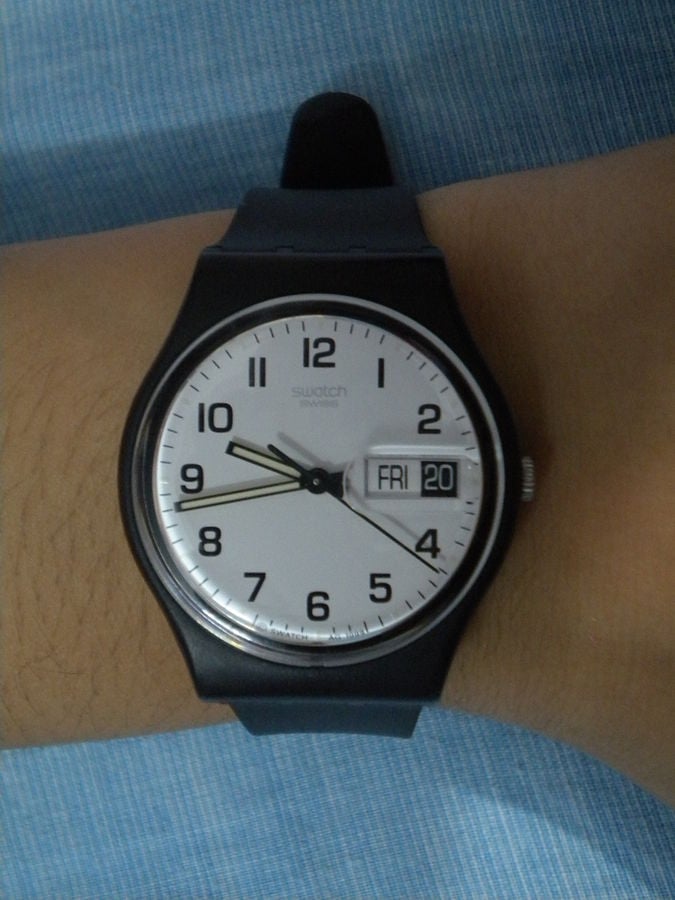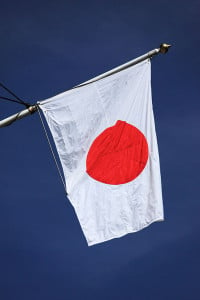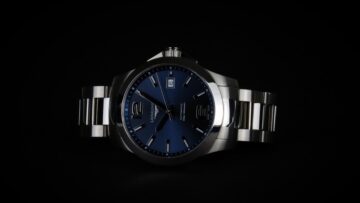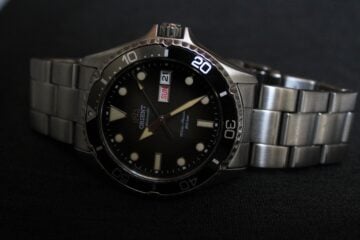In part two of the history of the Swiss watch industry we focused on the rise in quality and popularity of Swiss watches. By the end of the Second World War, Swiss watches were popular all around the world. They were known as the best quality watches and, thanks to their use in the military during World War 2, many men came back home with a Swiss watch.
Despite the perception of wristwatches as effeminate before the war, ex-military men wore their wristwatches with pride once the war was over. Swiss watches had taken over the world and they were surely going to dominate for the rest of time…. or were they?
Let’s find out in the final part of this series, the history of the Swiss watch industry part 3.
Post-War: Swiss Watch Domination
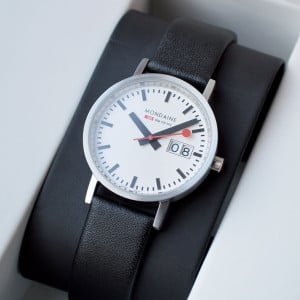
Swiss watches were in high demand following World War 2. As the Swiss had a policy of neutrality during the war, the manufacturing industry in Switzerland had not been forced to produce items to support any war effort. Which had been the case in their main competitors – Japan and the United States.
The biggest coup for the Swiss watch manufacturers was the introduction of Swiss watches into the American market during the war. This huge market is one which the Swiss watch manufacturers had looked to take over in previous years, but could not do so due to the quality of the American watchmakers. But with these watchmakers focusing their attention on bomb fuses and ship chronographs, the Swiss were able to enter the market.
When the war was over – and the American watchmakers needed the time to move back to watch production. While they were moving back to watch production the Swiss manufacturers capitalised, and what a time it was to capitalise! People had money and, because they weren’t able to spend the money during the war, they wanted to spend it now.
In the absence of any real competition, Swiss manufacturers took complete control of the watch market. By the end of the 1960’s, Swiss manufacturers had 50% of the watch market worldwide.
The American and Japanese manufacturers still looked for a way to wrestle back control of the watch market, but it was going to take something big for them to do so.
The Quartz Crisis
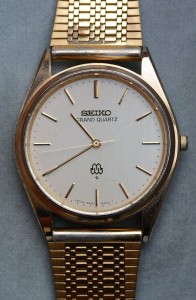
The commonly accepted story is that the Swiss rested on their laurels after taking control of the market and neglected to innovate, but that isn’t entirely true. Swiss manufacturers did push towards new technology in 50’s and 60’s – although, admittedly, not as much as they had done previously.
The first attempts at a electromechanical watch, which is one powered by a battery rather than a spring, were produced in the early 1950’s. These prototypes were produced in a joint venture between the Elgin Watch Company, of the United States, and Lip, of France. The Hamilton Watch Company managed to produce the first battery powered watch with the Hamilton 500 in 1957.
The first electronic wristwatch was developed in 1954 by Swiss engineer Max Hetzel. This watch was powered by an electrically charged tuning fork powered by a battery. This watch was the Accutron and it was produced by Bulova – an American company.
These small advancements led to both Centre Electronique Horloger and Seiko to start attempting to develop the quartz watch. It was expected that this move towards quartz would be a defining moment in the watch industry. The Seiko Crystal Chronometer QC-951, a portable clock, was one of the signs that the Japanese were advancing ahead of the Swiss. This clock was used as a backup timekeeper in the marathon at the 1964 Tokyo Olympics.
As it turned out, the Swiss weren’t actually all that far behind the Japanese in creating a quartz watch. While the Seiko Astron (marketed with the prediction that “One day all watches will be made this way”) was the first quartz watch on the scene in 1969, the first Swiss quartz watch followed in 1970. The Swiss watch was the Ebauches SA Beta 21 which didn’t catch on with the public in the way that they would have hoped.
So, instead of embracing the new technology or working on a strong marketing effort, they just went back to the traditional way of doing things.
The problem was not so much that the Swiss refused to innovate at all, it is clear that they did innovate. But that they were not willing to embrace the new technology when it didn’t bring instant success. They believed that the Swiss tradition was the only reason people brought Swiss watches so they returned to their traditional roots.
At this point, innovation did appear to halt altogether as Swiss manufacturers believed that tradition was the only way to succeed.
This ended up being devastating for the Swiss watch industry, the Seiko Astron started a watch revolution. American and Japanese manufacturers embraced quartz technology and continued to tweak and improve it.
Cheaper production costs drove down the cost of watches dramatically, allowing the production of very affordable watches. Because of the shaky economic market worldwide, following the oil crisis of the early 1970’s, people were more price conscious than they were before. Cheaper Japanese or American quartz watches became more attractive than expensive mechanical Swiss watches. Especially for those who know all that much about what was actually inside the watch itself.
Within 10 years exports of Swiss-made mechanical watches declined dramatically – in 1973 they exported 40 million, by 1983 they exported just 3 million.
Many successful Swiss watch manufacturers went out of business altogether, by 1983 1,000 Swiss watch manufacturers disappeared. It hit the Swiss people, too – over the 18 years from 1970 to 1988, employment in the Swiss watch industry fell by more two-thirds – down from 90,000 to 28,000.
Saving the Swiss Watch Industry
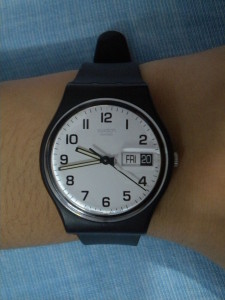
By 1983, it was clear that something needed to be done to save the Swiss watch industry. A research consortium was put together to come up with a solution and they decided on the Swatch. A plastic, disposable watch which was practically automated – making it cheap to produce and cheap to sell while remaining incredibly profitable.
Over 2.5 million Swatches were sold within two years, helping to gain back an important part of the market which they had lost. It also kickstarted the revival of an industry which was struggling. The Swiss watch industry was a lot smaller than it was before the quartz crisis, with many manufacturers focusing on the ultra-high end of the market. The likes of Rolex and Patek Philippe were not interested in selling cheap, mass produced watches and were forced out into selling ultra expensive watches.
Other Swiss manufacturers focused on the mid-range watch market, with watches retailing from £500-£1,000 – but not as cheap as Swatches or the very low-priced Japanese watches.
The Swatch was instrumental in saving the Swiss watch industry and brought an end to the quartz crisis. If it wasn’t for this watch then chances are the Swiss watch industry, on the affordable end, could have died out completely.
Swiss Watches Vs Japanese Watches
Over the following 3 decades Swiss watches and Japanese watches battled for supremacy, as they did before the Second World War. One of the biggest changes following the quartz crisis was where most of the manufacturing of watches moved to. Prior to the quartz crisis most watches were made in Switzerland, but most of the manufacturing moved over to the far east.
Today, most watch manufacturing – other than manufacturing of ultra-high end mechanical watches – is carried out in the far east. Even with the stronger Swiss Made laws, which will demand that 60% of the cost of a watch is realised in Switzerland in 2017, a good portion of the Swiss Made watches are made in the far east.
During 2014, according to statisticbrain.com, the market share of the Swiss watch industry in terms of value was 54%. Despite this incredible recovery, the Swiss watch industry are already facing another challenge that many predict will cause another quartz crisis.
The Rise of Smartwatches
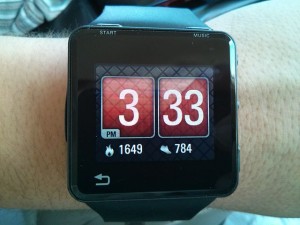
Seiko and Casio were a couple of manufacturers who made early attempts at what could be considered to be smartwatches in the 1990’s. But it was mainly other electronic manufacturers who took a lot of interest in the new technology. Samsung developed a “watch-phone” in 1999 and IBM created the WatchPad in 2000, but the idea of a smartwatch didn’t really take off until the smartphone revolution.
Despite releases of smartwatches in the following years, it wasn’t until 2013 when they really started to take off. The year was predicted to be the “year of the smartwatch” – and there were many quality releases over the next year. The Samsung Galaxy Gear, Sony Smartwatch 2 and the Pebble watch all came out in 2013.
Over the year, many different kinds of wearable devices turned up – from watches which linked with your phone to fitness trackers. Despite anticipation for a smartwatch which would mix the beauty of Swiss watches with cutting edge technology, no Swiss manufacturers turned up.
A lot of rumours focused on a watch from Apple, who were dominating in the smartphone industry. During this time there was an opportunity for Swiss watchmakers to get in ahead of Apple, but it never happened. In 2014 the Apple Watch was announced for release during 2015 – and the Swiss watch industry started to worry.
Thankfully Swiss manufacturers have reacted much quicker than they did during the quartz crisis. Mondaine, Tag Heuer and a number of other manufacturers have been quick to respond with their own smartwatches and, so far, they haven’t been hurt by the smartwatch revolution.
Over the next few years we’ll see how the smartwatch revolution will change the Swiss watch industry.
Conclusion
The Swiss watch industry has changed a lot over the years and it has overcome a lot of competition. Firstly from Britain, America, Germany and France – and more recently from Japan.
Today they face another challenge from a new technology, but one thing which has never changed is the quality and beauty of Swiss watches. It doesn’t matter what new technology turns up, there will always be a market for traditional Swiss watches.

